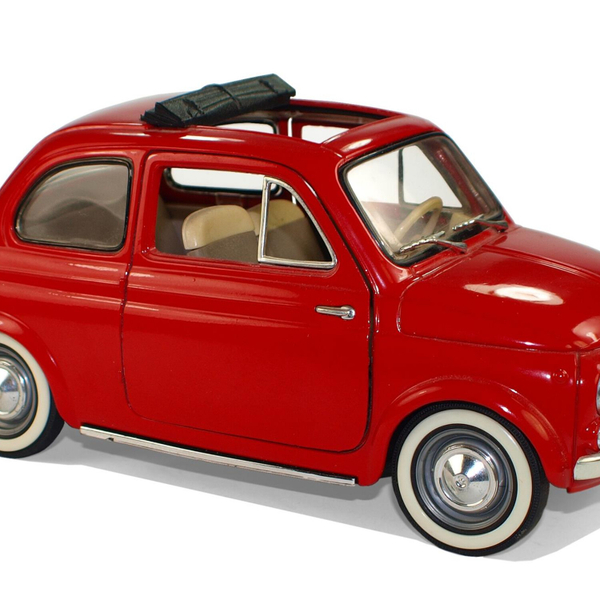
Trilogy of famous failures in History: Soichiro Honda
- S3E51
- 03:01
- October 25th 2020
Situations change.
You’re set on one path, thinking all is right with the world and suddenly, the carpet is pulled out from under you.
Technology shifts, something becomes obsolete, and now what you’ve been doing for years, no longer works.
What do you do?
For Soichiro Honda, the answer was to shift and adapt. You find the next best solution, regardless of how crazy or off the wall it seems at the time.
Honda started out back in 1939 with the idea of creating a piston ring for Toyota, the prototype of which flopped almost immediately.
Undaunted, he threw himself into making this idea better, succeeding to the point where he gained the contract he desired, only to run into problems entirely beyond his control: WWII.
With a shortage of material with which to build a factory, Honda might have stopped there. Instead, he created a new kind of concrete he could use in place of more traditional materials.
But problems abounded. His new factory was bombed twice, and when he was finally ready to go into production, there wasn’t any steel.
There was, on the other hand, plenty of empty gasoline cans to be found, discarded by the American fighters.
By using these cans, thus taking advantage of what was on hand, life should have been golden—except an earthquake took out the factory completely.
Here’s where a lot of people would have taken this as a sign to get out of business altogether. Honda persevered.
In the meantime, with resources slim, especially fuel for vehicles, Honda set out to solve his own problem. What he found was a solution for everyone else as well. He motorized a bicycle with a tiny engine so he could get to work.
This engine was something his neighbors very much admired and wanted for their own. Seeing an opportunity to make a success in a direction he had never considered previously, Honda set out to mass-produce a small engine that could serve the needs of the community.
This engine went on to become the foundation of his company.
His real success came during the 1970s American fuel crisis. With a demand for cars that used less fuel to travel more miles, Honda leveraged his knowledge to build fuel-efficient vehicles, making him a leader worldwide in engine technology.
Soichiro Honda accomplished a great deal in his lifetime, entirely by being willing to adapt to circumstances and look for the opportunity rather than become caught up in the setbacks. Like Honda, we should take from his lesson the idea of not giving up, no matter what life throws at us.
Mental Health Training
More information in https://mentalhealthtraining.info/